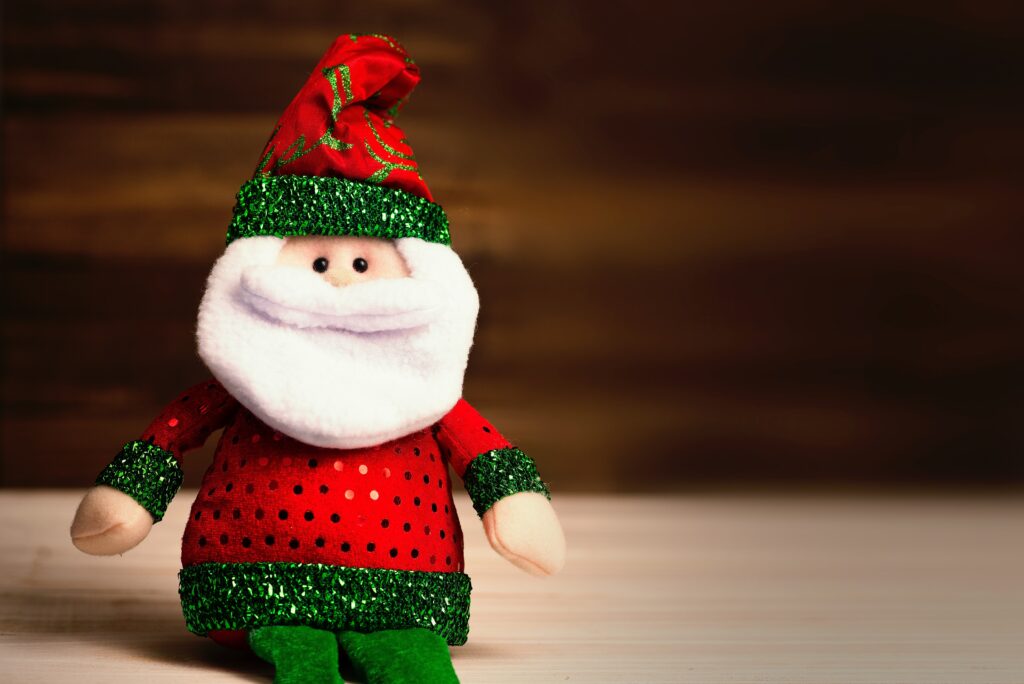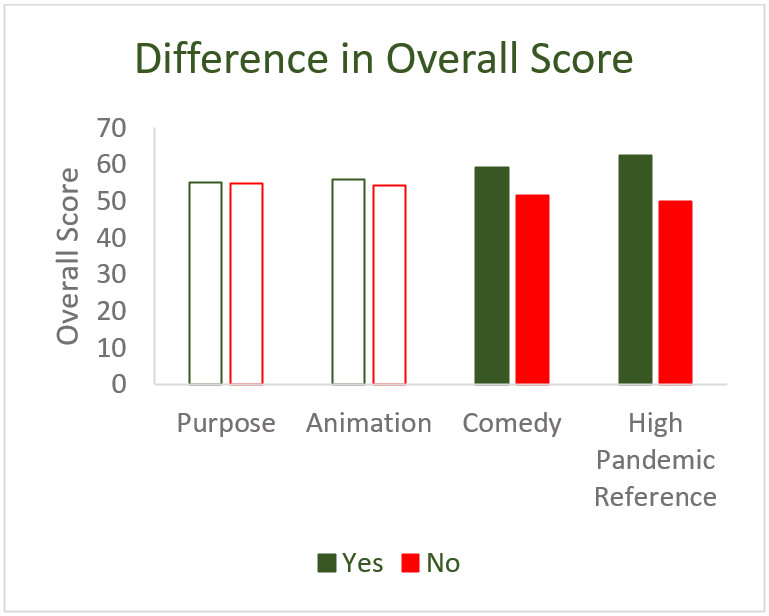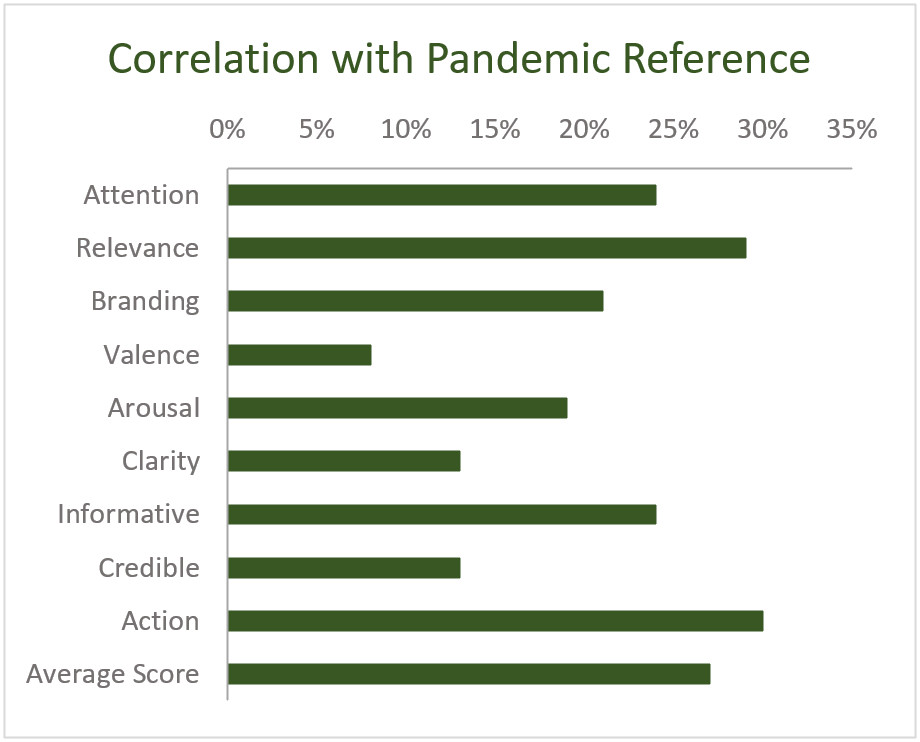2020 Christmas Ads: All about Being Sensitively Cheerful
Posted: 23/12/2020


It is an understatement to say 2020 has been an unusual year. Few dared to look forward to the Christmas campaign season, with speculations about brands cancelling their big-budget Christmas TV ads (even John Lewis nearly didn’t make one). In the end, most of the usual suspects were there and, as it turned out, this year’s Christmas ads represented a strong but diverse field.
With the pandemic dominating the year and altering people’s perspectives, inducing new habits/perceptions, and new ways of communicating, the assumptions of previous years’ advertising approaches simply couldn’t be taken as given. Consumers were experiencing personal challenges related to health, family, and livelihood. So, which brands decided to address the pandemic head-on? Who chose to focus on a festive message? And which approach was best received by the audience? As in previous years there was a good mix of festive themes, ranging from emotive/tear jerking to funny/humorous, with opportunities to push worthwhile purpose-driven causes. Perhaps the most obvious difference this year was the rise in use of animation to circumvent the challenge to production caused by the Covid restrictions. Invariably, all ads referred to the current pandemic to varying degrees.
How exactly then did this year’s crop of Christmas TV ads fare? We used our AdTest to quantitatively assess the appeal of a representative set of the most prominent creatives for 1,065 consumers (Figure 1). Instead of focusing on an individual ad’s performance, we took a more holistic view in interpreting the results, asking the questions as to which strategy seemed to have worked better and what we could learn about the impact of the pandemic on viewers’ perceptions of advertising.
In our analysis, we examined the impact of various traits amongst the ads, namely whether they had a purpose-driven cause, were animated, or followed a comedic plot. Since they were obvious, we hand-coded these traits ourselves. However, to assess the degree to which they made reference to the pandemic, we decided to take a more audience-centric approach by asking viewers to rate how much each ad reminded them of the pandemic. As this is a more abstract concept, we didn’t want to rely on our own subjective judgement like other studies have done. Instead, each ad was scored on our 9-dimension framework, with a selection of the dimensions shown here (e.g. Attention and Arousal (strength of emotion) relating to recall/memorability, Informative, a message payload metric that links to brand liking). For simplicity, we also included an aggregate Overall Score with which to demonstrate the impact of these traits. So, what did we find?
Figure 1. Dectech AdTest (n=1,065, UK general consumers age 18 or above), December 2020: Ads tested, their traits and performance on our AdTest framework (scores are on a 0-100 scale, 50 represents the ambivalent mid-point). Ads tested were Lidl, Tesco, Aldi, Very, Boots, Amazon, John Lewis, McDonalds, Sainsburys

First, there has been a wide-spread realisation in recent years of the need for brands to be more purpose-driven and this fed into this year’s Christmas ads, with Boots fighting hygiene poverty, John Lewis supporting families in need and Aldi thanking all key workers. However, referencing these worthwhile causes did not translate into any notable performance boost in viewer perception, having no significant impact on the Overall Score (Figure 2). Note that we are not disputing the importance of these messages in the long-term brand building, particularly if they have been used consistently throughout time and channels.
Similarly, the use of animation was associated with a positive but insignificant uplift in the Overall Score (Figure 2). This suggests the restriction on live filming as a result of the pandemic didn’t necessarily harm the ability to produce a creative that would engage the audience. A well-executed animation such as Lidl’s and Aldi’s efforts could also strike the right chord.
Most notably, ads that followed a comedic/humorous plot, as opposed to one that conveyed a more sombre/reflective mood, performed significantly better on viewer perceptions (Figure 2), a trait shared by the creatives at the top of our ladder in this round (Lidl, Tesco, Aldi and Very).
Figure 2. Difference in Overall Score driven by various ad traits; solid bar denotes significant difference at 95% confidence level; for Pandemic Reference, participants are divided into two groups based on their rating of the Pandemic Reference statement (high = 1-49, low = 51-100)

And, interestingly, the degree to which the ad referred to the pandemic also had a significant positive impact on the Overall Score (Figure 2) and all underlying metrics in our AdTest (Figure 3), meaning that ads that made a stronger reference to the pandemic tended to have greater appeal for the audience, with all other traits being equal. This is consistent with our previous observation early in the pandemic on the importance of brands acknowledging the current context in comms materials.
Figure 3. The correlation of Dectech AdTest metrics with Pandemic Reference; Pearson correlation coefficient, solid bar denotes significant correlation with Pandemic Reference at 95% confidence level

In our usual style we also carried out more vigorous regression analysis and the results supported our conclusions, above and beyond any potential confounding factors (e.g. collinearity between the driver variables, socio-demographics of participants).
There was plenty of commentary on the reality vs. escapism debate in the run-up to this year’s Christmas campaigns. Creatives using both emotive/reflective and upbeat/festive tones were celebrated. The ability to ‘read the room’ was as crucial as ever this year; our results suggest that, whilst it was important to acknowledge the reality, an upbeat mood was paramount. It has been a tough year and whilst consumers don’t necessarily want to see a tone-deaf advert, they also don’t want constant reminders of gloom and doom. What they need is an escape and cheering up. Let us hope 2021 continues to bring fresh thinking from brands, and a few more reasons to celebrate!
Detailed results of individual ads are available on request, happy holidays to everyone!